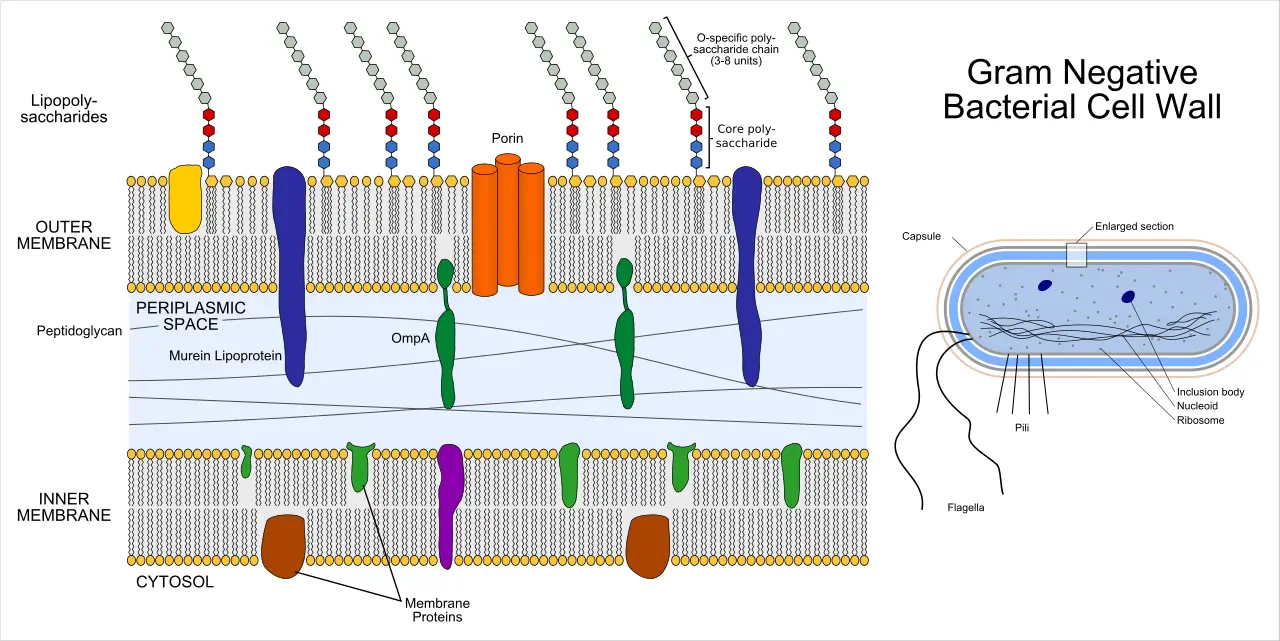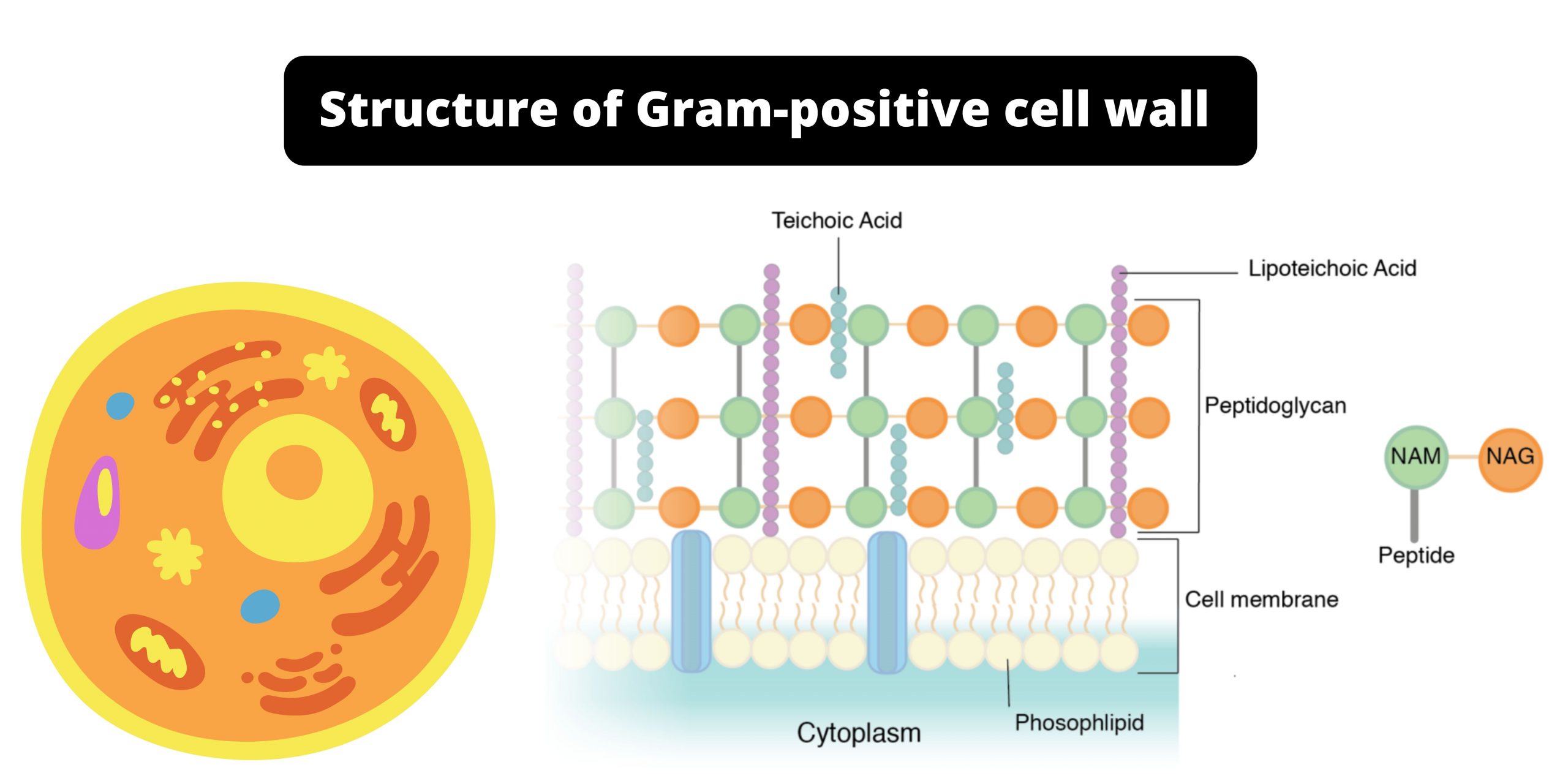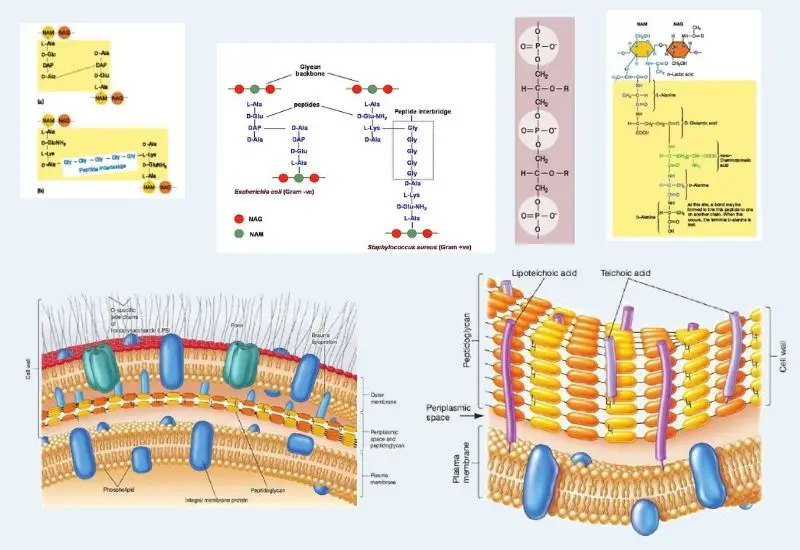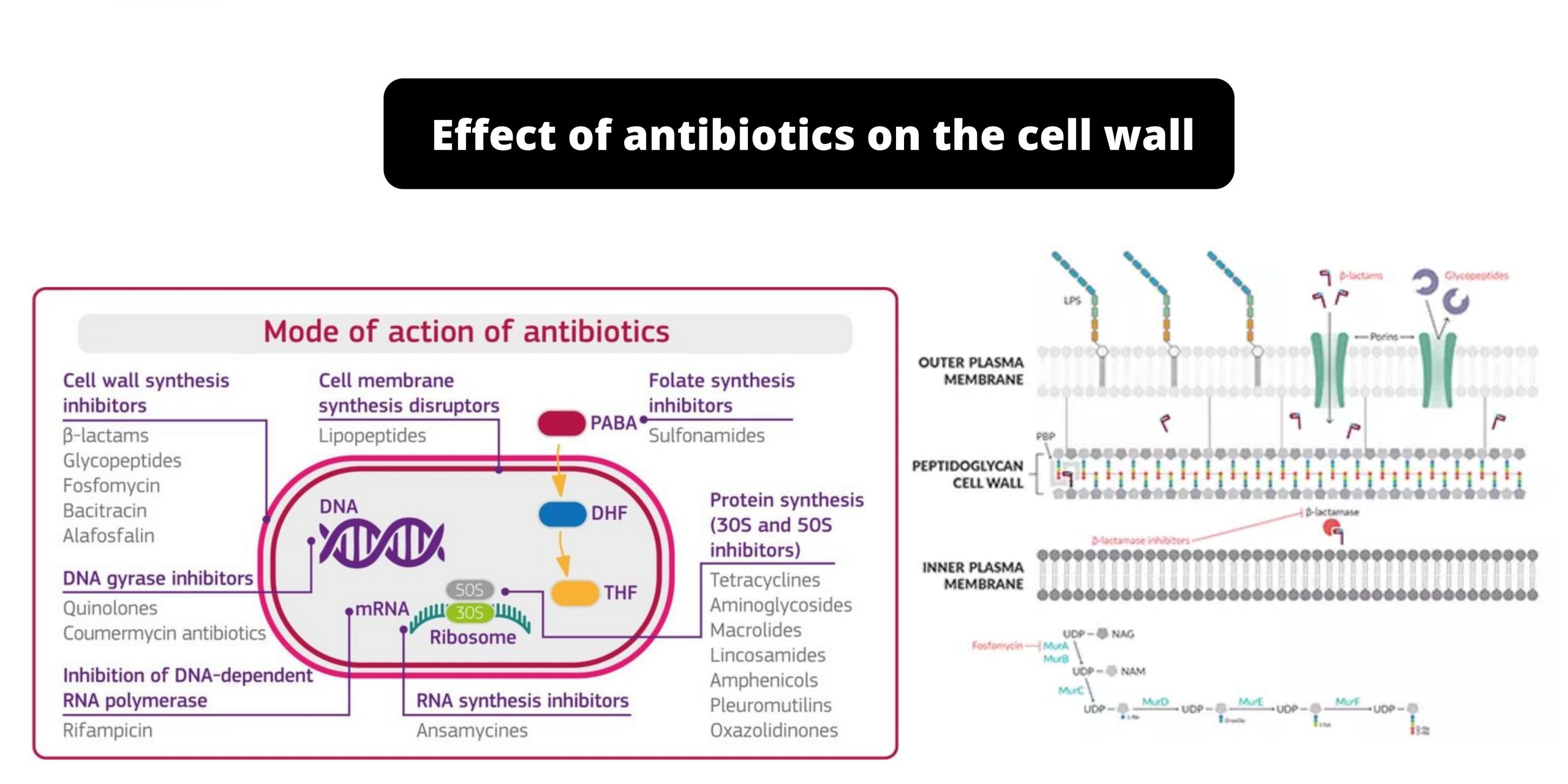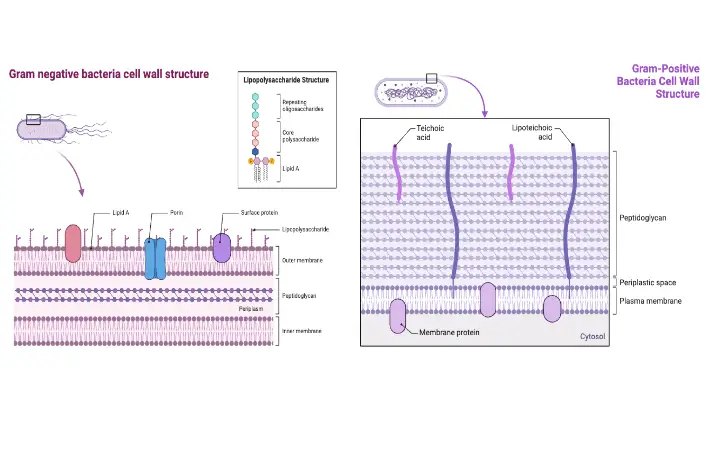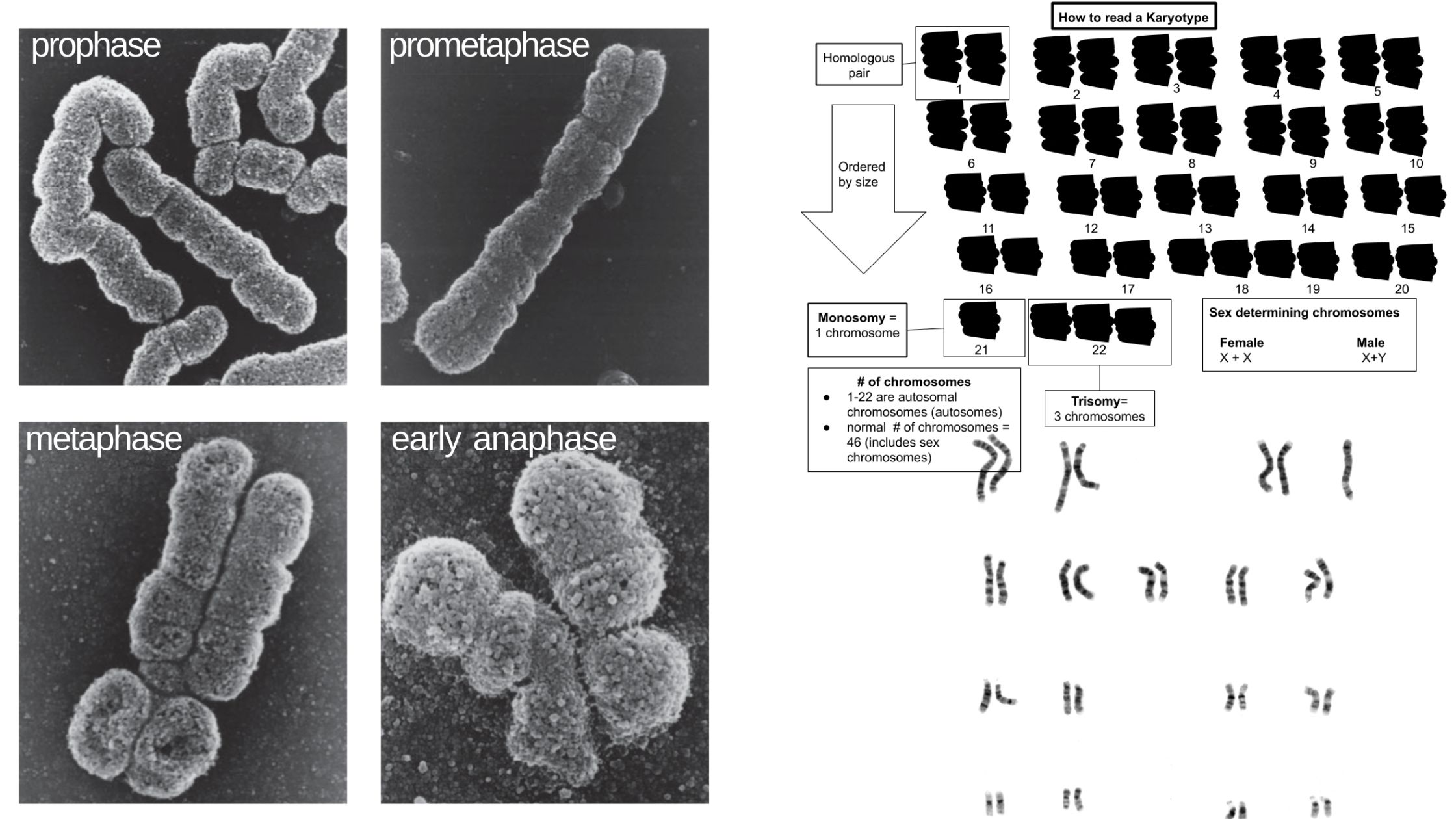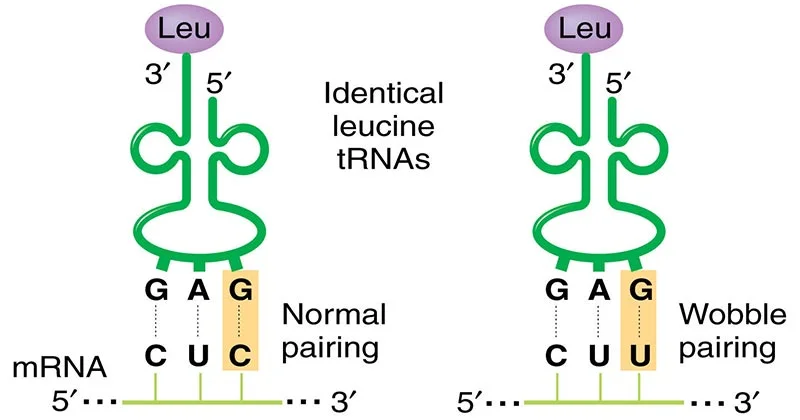Structure of Gram-negative Cell Wall
What are Gram-negative bacteria? Cell wall of the Gram-negative is more complicated than the Gram-positive cell wall. The amount of peptidoglycan present in the Gram-negative cell wall is considerably lower than that of that of the cell’s Gram positive wall. There are only a few layers of peptidoglycan (2-8 millimeters) are visible in the cell … Read more

